As a teacher it’s always great to get a few more ideas or to be reminded of some techniques you have used in the past but have dropped off the radar.
Don’t forget to model your interest in trialling new techniques and your own enthusiasm for the content. It is infectious!
So what is engagement and what does it look like? How do you know someone 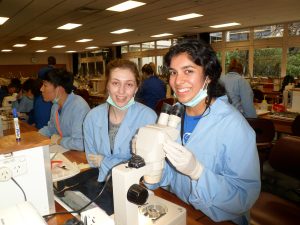 is engaged?
is engaged?
Engagement is expressed via:
- Asking and answering questions (a sign of curiosity)
- Willingness to participate in learning activities (rather than passively being spoon fed)
- Completion of tasks including reading and writing tasks both individually and in groups
- Meeting deadlines, completion of problem solving tasks, and participation in discussion
Cultivating a thriving classroom atmosphere also relies on relationships within that classroom although that is not the focus of this blog. We know that once this culture is created students are more likely to take risks and let’s face it risk taking is essential in science – the willingness to try something new, often fail and learn from this.
An example of testability of the scientific method in the cultural context from NZ Science Teacher
Similarities: Both Indigenous Knowledge and Empirical Science involve repeated practical tests and are based on the “test of time”. Pasifika people were able to make repeat voyages.
Differences: The principle difference is that tests of IK largely involve trial and error, while ES tests are ideally conducted in a laboratory/in the field with strict control of variables.
Giving opportunities for choice can increase engagement:
- What variables do they want to control in an experiment? (see examples below)
- What current event do they want to present to the class?
- What element of the periodic table do they want to research?
Using topics students are passionate becomes a great context for teaching Science content.
e.g. Climate Change. Many students took to the streets to take part in a global student strike in March 2019.
Juniors look at elements, compounds, states of matter, the water cycle and atmosphere. Sources of carbon dioxide, methane and then problem solving – What action can they take as individuals, a class, a school, community that makes a difference? Perhaps use Tony Ryan’s Thinking Keys for some ideas on how to extend exploration with engaging activities.
Seniors you could explore the importance of variation within a changing environment. Already we are seeing evidence of some species living at higher latitudes and altitudes. Which species/groups of organisms are more vulnerable to the rapid environmental change?
Whatever strategies we employ for Maori and Pasifika students will also benefit other students. This excellent NZ Science teacher article has more detail. Below are some of their contextual examples.
Essentially, using relevant contexts will make science education more appropriate. The areas of environment including ecology, medical and pharmaceutical knowledge along with genetic modification are key areas for Maori. There are, of course, many other applications in the Science Curriculum.
Examples from NZ Science Teacher:
- Investigate colour differences in flax varieties and the influence of soil, climate, disease, and pests
- Investigate time taken for yogurt to “go off”. Variables include temperature, flavour and brand.
- Discuss cultural weapons and how they were used when discussing ‘force and energy’
Try to remember to get the students involved in preparation of activities rather than passively participating – e.g. writing quiz questions, not just doing a quiz. Practicals, group work and activities that require problem solving and critical thinking are crucial. Include some movement where possible.
Employing differentiation strategies (e.g. Jigsaw) allows you to group by learning style, 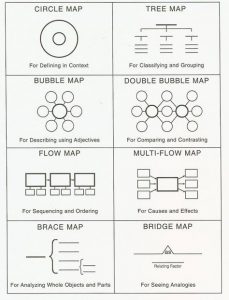 or topic or simply a chance for students to take ownership of their knowledge by becoming familiar with it and teaching others, often several times. This repetition is key along with reciprocal learning and teaching. If catering to learning styles then different presentation styles can be employed.
or topic or simply a chance for students to take ownership of their knowledge by becoming familiar with it and teaching others, often several times. This repetition is key along with reciprocal learning and teaching. If catering to learning styles then different presentation styles can be employed.
What else?
- Think, pair, share
- Flash cards
- Science facts in cards: sort into piles: I know, I sort of know, I didn’t know. Do at start and end of topic. Do on own or in pairs – discuss and explain your understanding or lack of for each fact. What do you have in common? Where do you differ?
- Word games to help with Scientific symbols and terminology: Hangman, Pictionary, Bingo, Scrabble, Odd One Out, Charades, and online versions e.g. Kahoot and Quizlet
- Word parts: Lots of scientific terms can be broken down. Students get 2-3 parts that they have to match up along with a definition, e.g. Prefix = Photo (light), Synth (make), isis (process). Helps them identify new terms in the future. Students can relate to other languages.
- Supply terms which students must place in order (e.g. smallest to largest: cell, tissue, organ, organism) either as cards on desk/board OR they hold them up and arrange themselves in order. Then make sentences linking terms or explaining the relationship with examples.
- Online Science Games. Try this or this NZ site – don’t underestimate how even some of the simple ones are actually very useful to a range of ages and abilities
- Use of Aps in the classroom. Students can explore cells, use light meters. I like this one
- Students identify and share good science feeds to follow on Twitter
- Analyse a movie for its scientific accuracy. Check out 10 STEM ones here (first few are for younger viewers but the supporting ideas are good for the others)
- Field trips, Virtual Science fieldtrips and practical work
- Thinking maps to link between concepts. There are also sites students can create online
- Write learning objectives as questions at the start of the lesson. Draw attention to them so that students know what is happening and why this strategy will help their learning. Check understanding with students answering questions at the end.
Another article in NZ Science Teacher focuses on Physics. It gives a strategy to enable structured explanations as DELA (Define, Explain, Link, Answer the question).
“The student must not imagine physics as a process of ‘finding the correct formula to use, rather they must experience the need to understand physics”.
Whakataukī (proverbs) are a key part of Māori culture.
Whāia te iti kahurangi ki te tūohu koe me he maunga teitei.
Aim for the highest cloud so that if you miss it, you will hit a lofty mountain
Try creating a proverb for some aspect of science e.g. ‘He who gains speed most quickly will have the greatest acceleration.’
Further Reading
Wendy Dunn Bsc.DipTchg
Science Teaching Co-ordinator
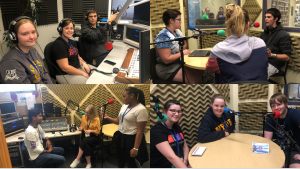 component of Science Academy (OUASSA). Every year our students undertake a project under one of four science communication streams:- Interpretive Science Talks, Science Film Making with your cell phone or Ipad, Museum Science Communication, Science Radio Podcasting.
component of Science Academy (OUASSA). Every year our students undertake a project under one of four science communication streams:- Interpretive Science Talks, Science Film Making with your cell phone or Ipad, Museum Science Communication, Science Radio Podcasting.




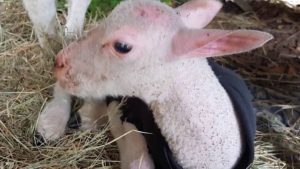
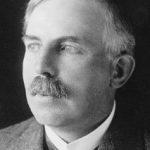


 Have a good structure:
Have a good structure: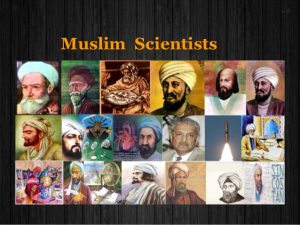


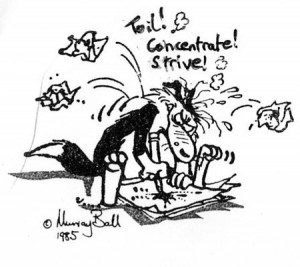
Recent Comments